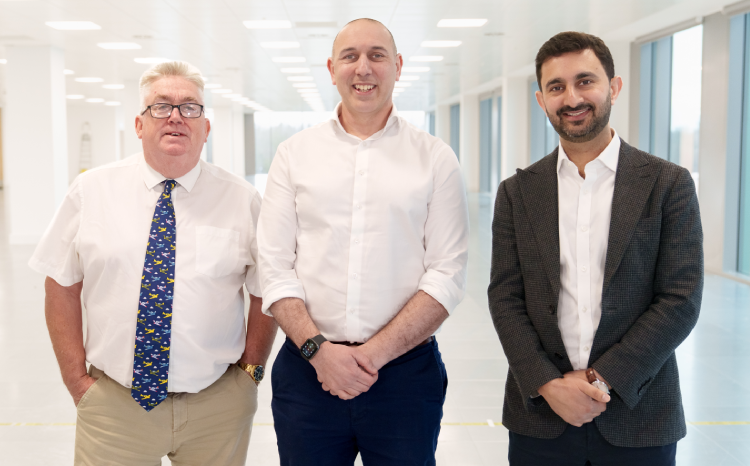Hull triages A&E patients through kiosks
- 3 January 2014

Hull and East Yorkshire Hospitals NHS Trust is using self-check-in and triage kiosks in its emergency departments.
The CareExpress system from Savience means that when a patient shows up at A&E they can self-register and provide information about their problem or condition.
Dr Mark Simpson, an emergency department consultant and the trust’s chief clinical information officer, said the kiosks means people no longer have to queue for several minutes to see the receptionist when they arrive.
The information that patients enter using the kiosks is automatically matched to the patient record on the trust’s patient administration system. They are also asked a series of questions about their condition and to score their pain level.
“One of the things that we’ve struggled with in the past is to assess patient pain. We have put in the clinical parameters to give them some form of assessment. If anything is critical, it will flag up – such as chest pain,” said Dr Simpson.
“If there’s a flag, the patient will be seen by the assessment team within seven to eight minutes. One of the clever bits was that we designed the system to stream the patient into ED or GP care, based on the information provided.”
The trust started to pilot the system in May last year. “If we got 50% of patients using it, we were going to call it a success. In the first week we got to 80% using it.
“We’re getting about 82% who walk in using it on average,” said Dr Simpson. “It has worked better than I dared to think about.”
If a patient comes in who is not already registered on the PAS, they still have to see a receptionist, but they are asked the same questions, and on the same system. However, Dr Simpson said that this is not something that often happens in Hull.
“About 95% of our admissions come from our area,” he said. “We got quite a captive audience and a quite extensive PAS. If you come to Hull, you come to stay.”
The trust plans to install more kiosks in the emergency department in Hull, which is being expanded.
“The one big problem we’ve had is that the kiosks are a little bit close to each other, so patients are a bit concerned about privacy, said Dr Simpson.
“We’re going to put in a physical barrier as well as the polarised screen block that’s already in place. When we finish building we’ll have more space so we can spread them out more as well.”
The kiosks have also been in use in outpatients since August 2012.




